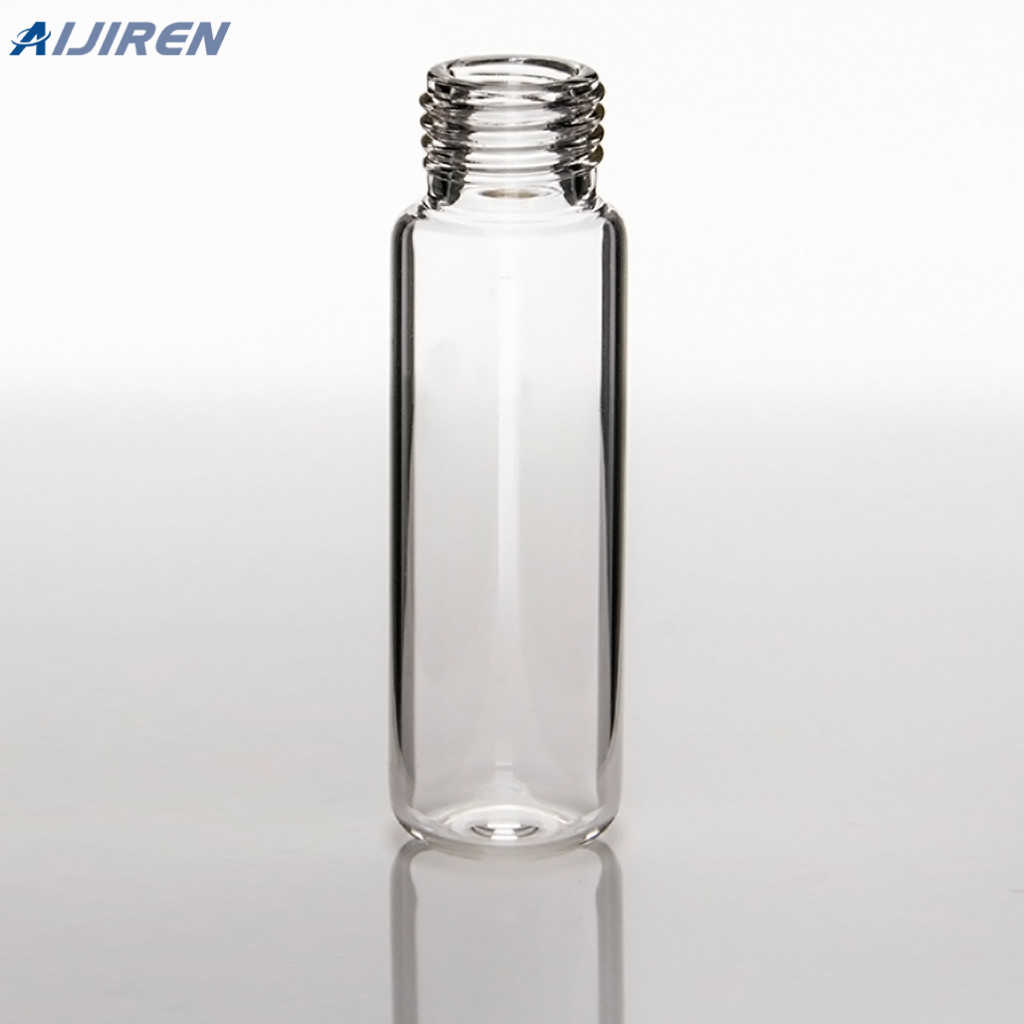
Membrane Filtration Design. Membrane filtration is a mechanical barrier that uses a straining mechanism only to remove material from the water. If the barrier is intact, no particles larger than the membranes pore size can pass through the filter. This is illustrated in Figure 1.2.
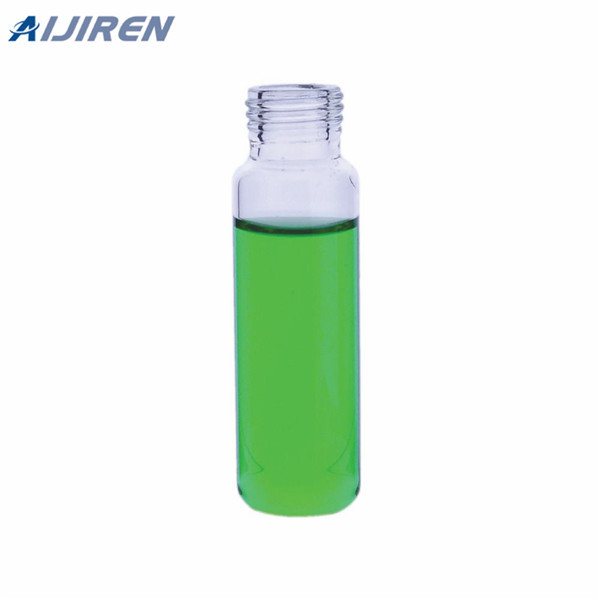
2019/11/28 · The PES filter membrane is suitable for the filtration in the medicine industry, wastewater treatment, and drinking water purification. To be specific, it could be used for the filtration of pharmaceutical liquids, such as the filtration of biological and serum in the pharmaceutical industry, terminal filtration of large infusion antibiotics.
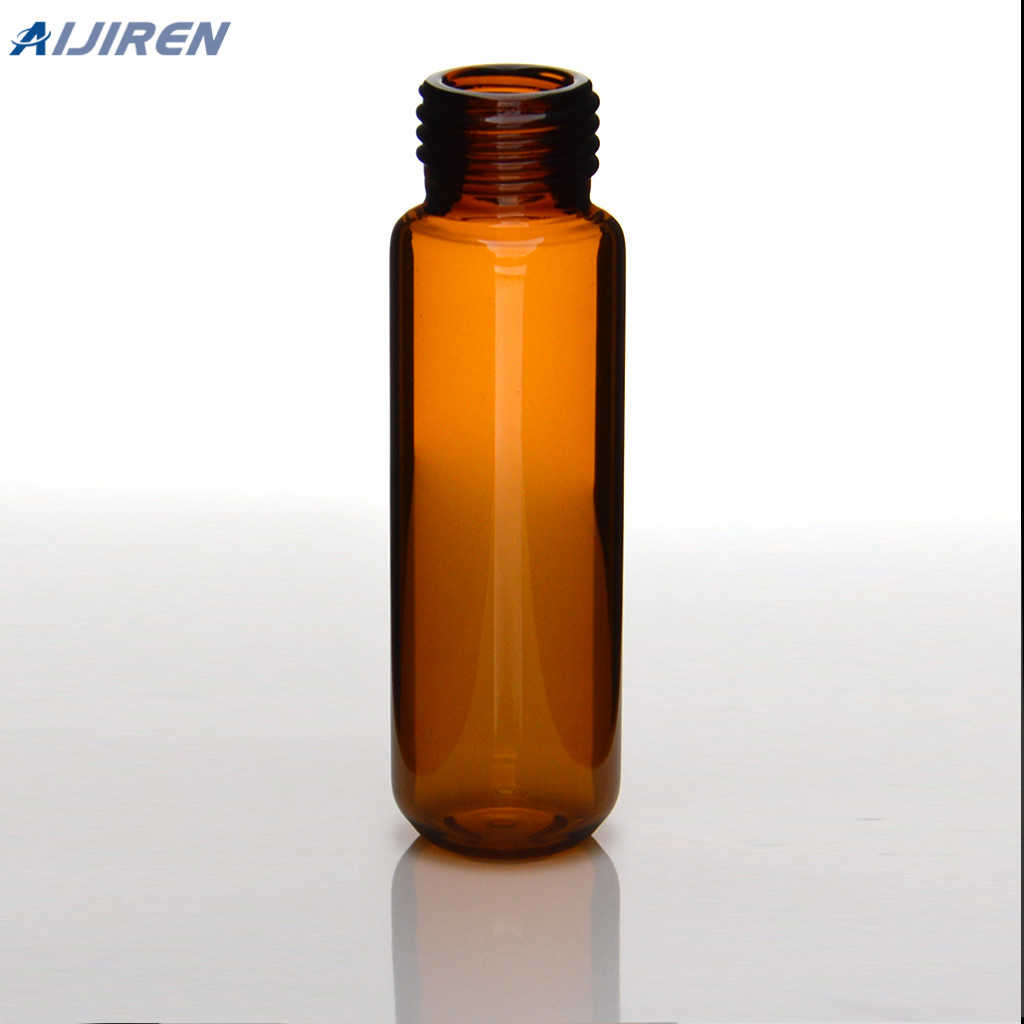

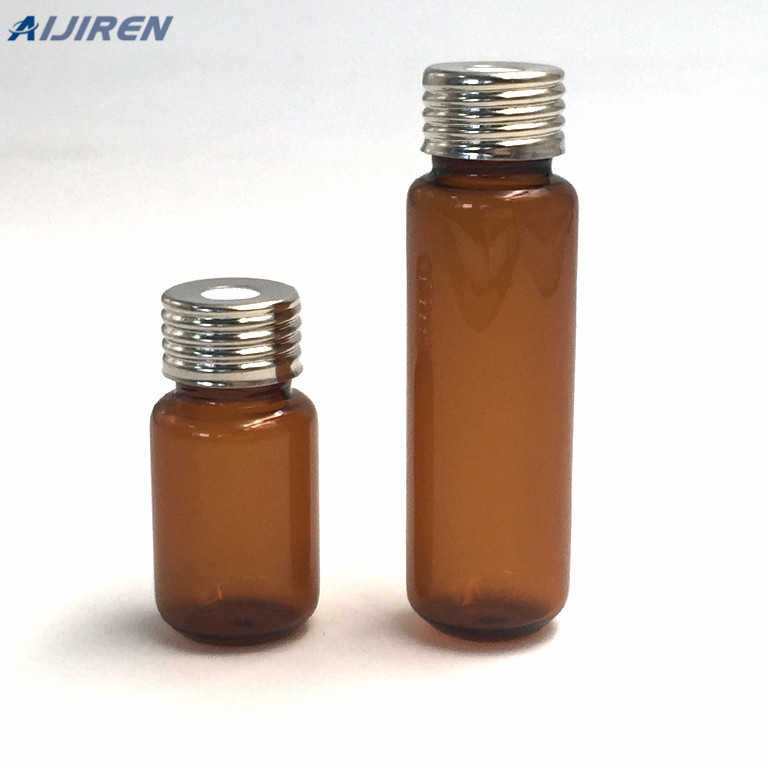

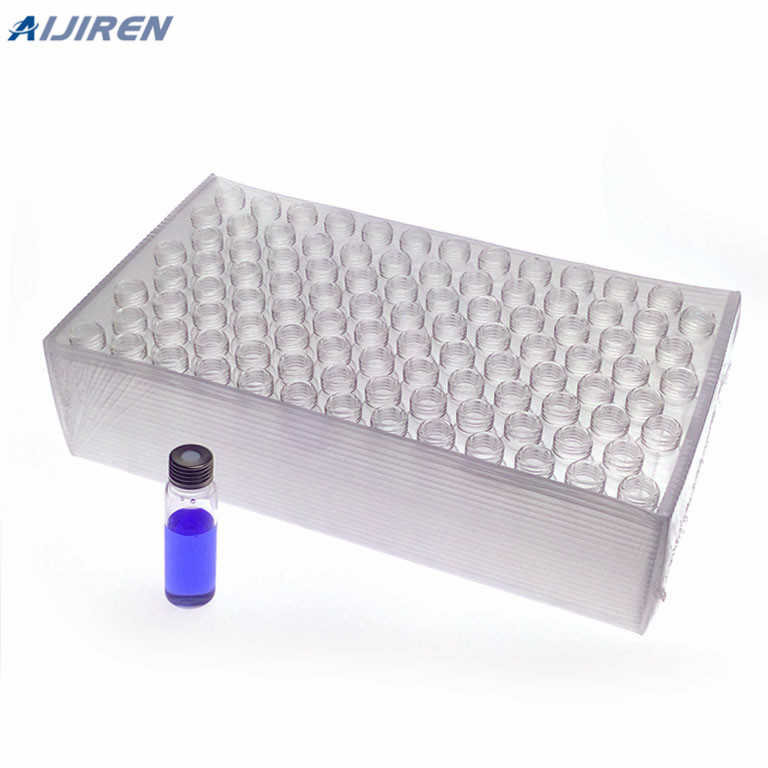
2022/04/14 · There are two types of membrane filter plates: Polypropylene membrane plate with a welded membrane or a polypropylene plate with a removable rubber diaphragm. In both instances, the plates are polypropylene. The welded membrane plates are a more expensive option. If the membrane should break, the entire plate would need to be replaced.
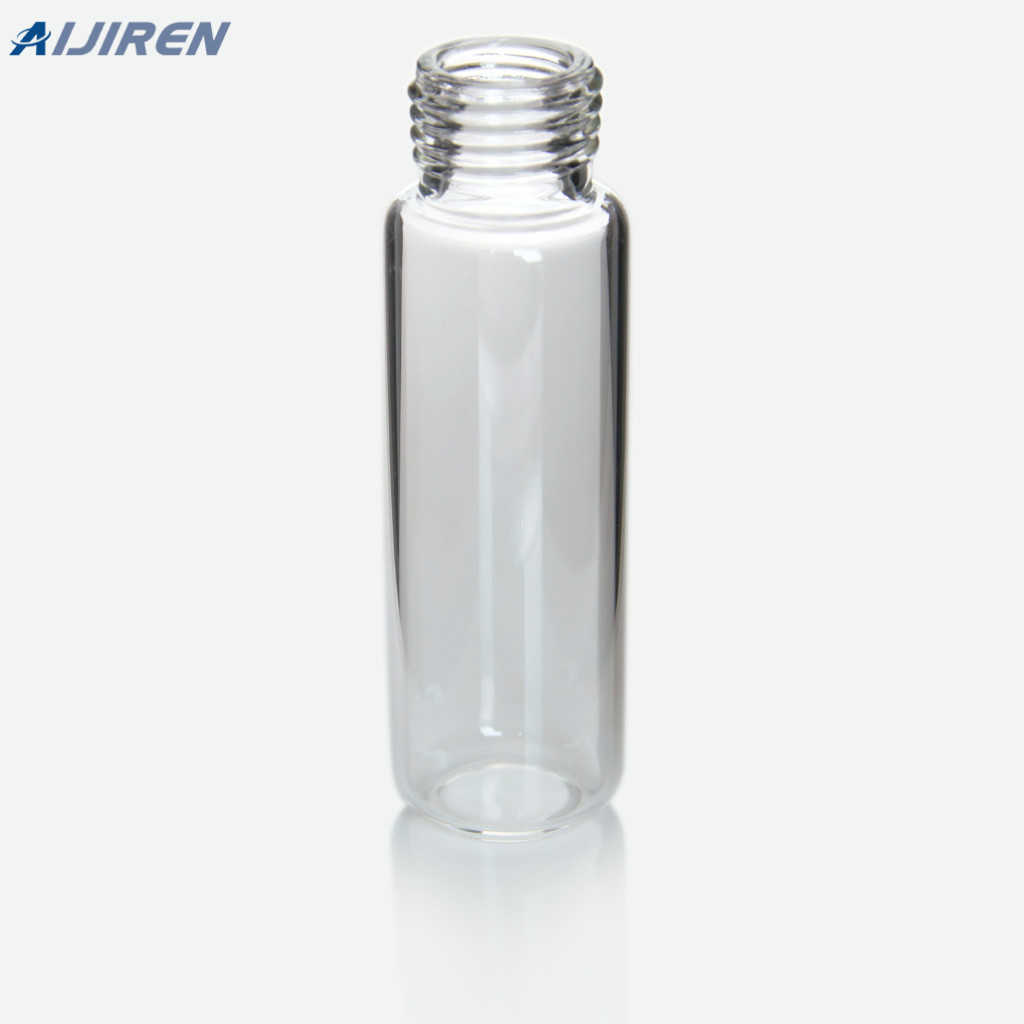
Until 4 April 2018, a competent person may carry out Class A air monitoring. The competent person or licensed assessor who undertakes air monitoring for Class A removal work must use a membrane filter method for the air monitoring. The PCBU who commissions the removal work needs to make sure that the air monitoring results will provide correct
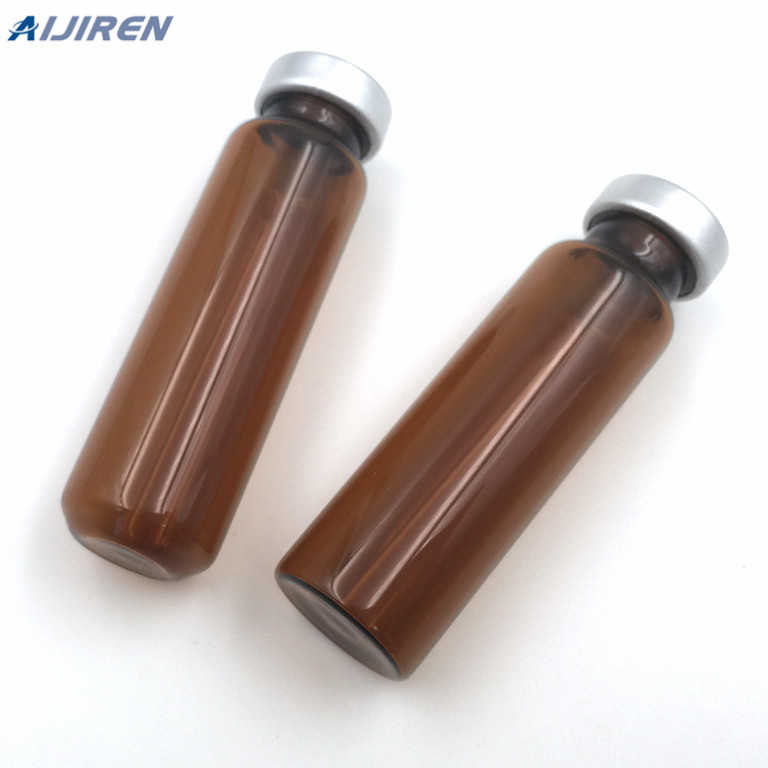
2019/04/16 · Membrane filtration method is a method of measuring the radioactivity in antigen-antibody complexes by using the characteristic of microporous membranes to better adsorb proteins and allow small molecule antigens to filter through. The membrane is a solid phase method. Used to separate immune complexes from free antibodies or antigens.
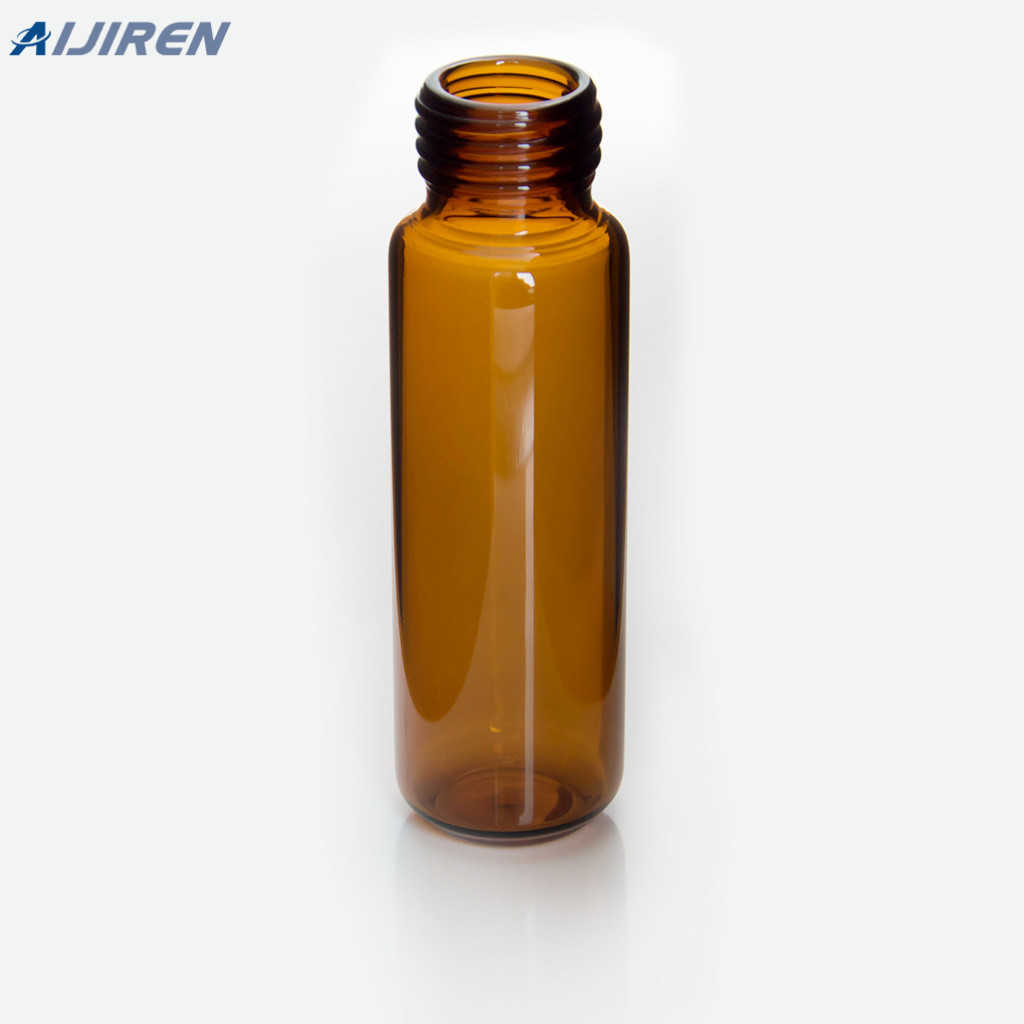
The main differences between membrane and media filtration come down to the application. Both processes filter our pollutants. Both processes have two common methods for filtering. Membrane filtration sets itself apart in that it doesn’t use a chemical process to filter water. If your application can’t use a chemical process or method, you

Filter Media Polyvinylidene fluoride (PVDF) (1) Filter Size 9.6 cm² (1) 580 cm² (1) 22500 cm² (1) Format Kleenpak Nova (1) Mini Kleenpak (1) Minidisc (1) Gasket / O-Ring Material Silicone (1) Inlet Connection 1-1½ in (25-38 mm) sanitary flange (1) Female luer lock (1) (1) Maximum Batch Volume 0.3 L (1) 20 L (1) 50 L (1) 500 L (2) Membrane Brand

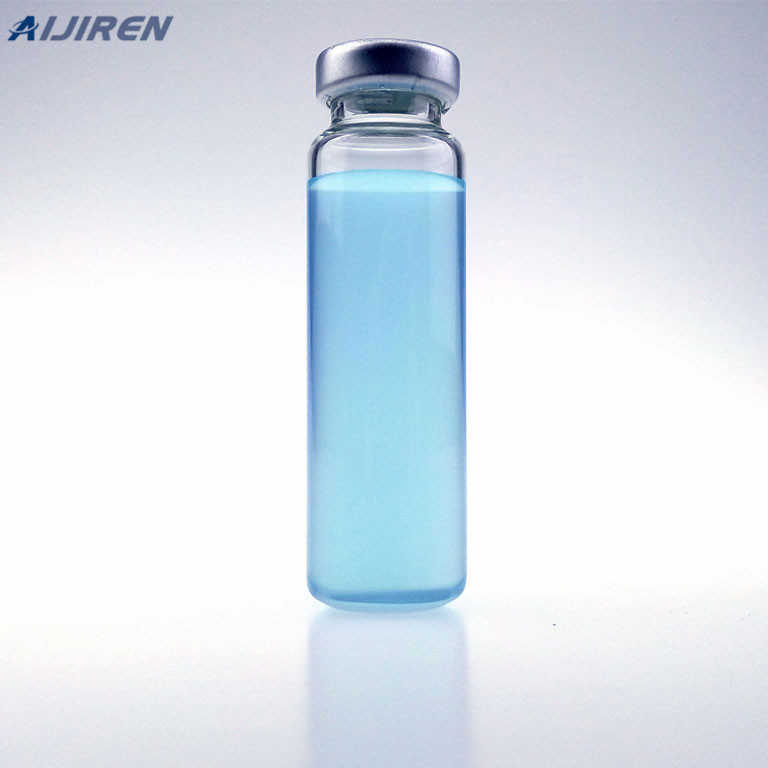
2022/10/21 · Mixed cellulose esters These filters include cellulose acetate and cellulose nitrate. They're highly porous, pure, and have a quick wetting time. These are standard membrane filters used for different applications in laboratories such as air monitoring, contamination analysis, microbiology, and sterilization of biological fluids. Cellulose acetate
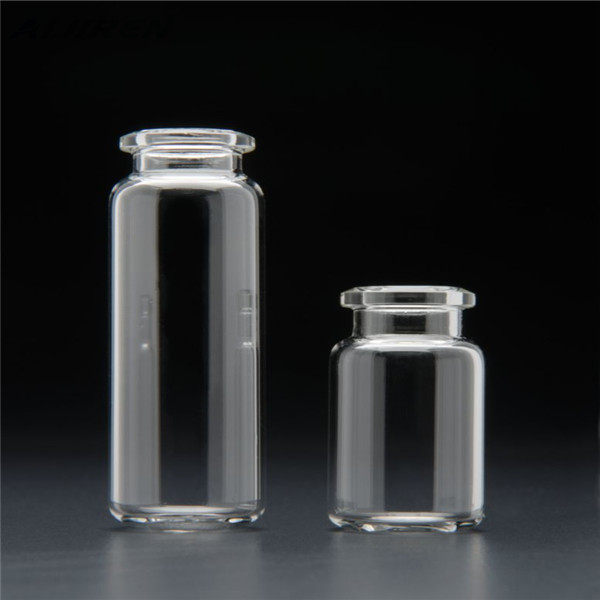
2019/07/03 · Ultrafiltration doesn't separate the water like a reverse osmosis membrane. It actually is just an ultra-fine particulate or sediment filter. With mechanical filtration particulate down to 0.025 microns cannot pass through the ultrafiltration membrane. Shop UF Membranes